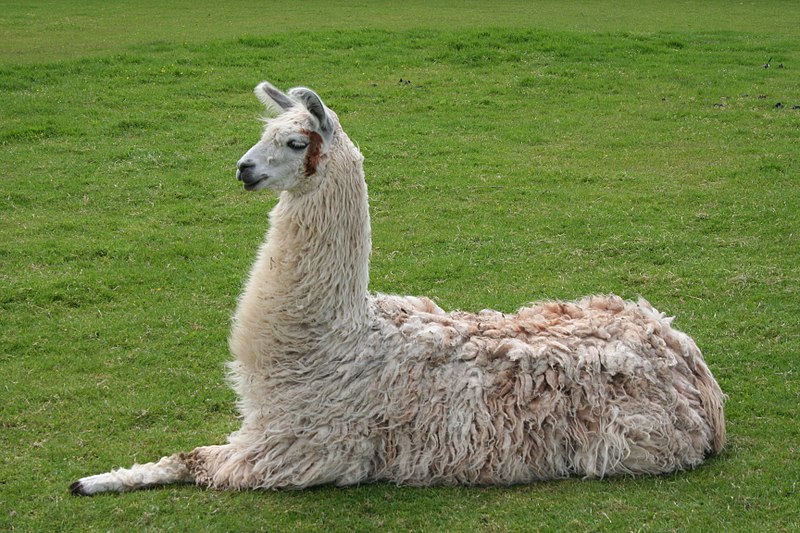 |
| The lower jaw of Aguascalietia panamaensis |
 |
| The llama, one of the most iconic South American mammals |
Countries such as Chile and Brazil are famous for the llama, guanaco, alpaca and vicuna. Yet this family of quadrupeds are quite young in geological terms. Even the fossil species are no older than a few million years. Between the two date periods of 20 and 3 million years lies the collision of North and South America at between 3 and 5 million years. This has led the team to believe that these two species of camel are the ancestors of all the South American quadrupeds.
'People think of camels as being in the Old World, but their distribution in the past is different to what we know today,' MacFadden said. 'The ancestors of llamas originated in North America and then when the land bridge formed about 4 to 5 million years ago, they dispersed into South America and evolved into the llama, alpaca, guanaco and vicuna.' While the camel's geographical range today is limited to Africa, the Arabian gulf and small parts of Asia, their impact has been rather more significant in the past, affecting the entire ecological makeup of South America.